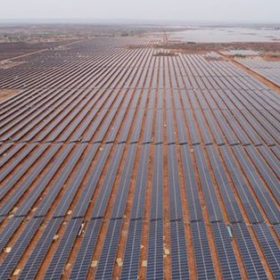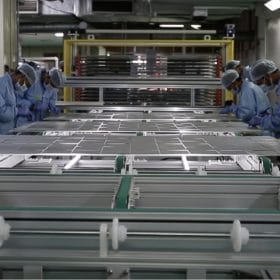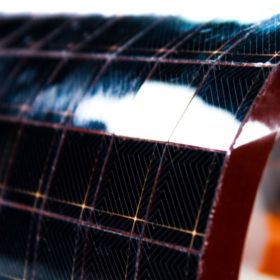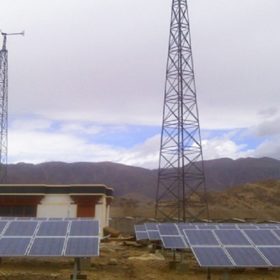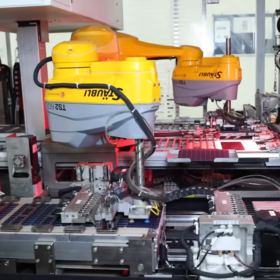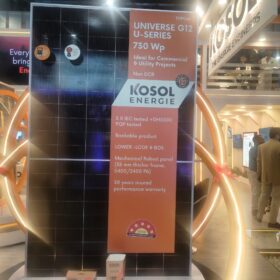IFC to support development of a 600MW solar park in Uttar Pradesh
The solar project-ready site will be developed by state-run hydropower company THDC in a joint venture with the Uttar Pradesh New & Renewable Energy Development Agency. The International Finance Corporation will lend its expertise to attract private investment for the public-private partnership.
Bangladesh Army signs 1GW solar deal for training base
American power company Eleris Energy has agreed to construct five 200MW solar plants on the Swarna Dweep island administered by the army and used for training exercises, with the capacity due online within five years.
Ecoppia’s full robotic cleaning suite lands job at Azure Power’s 400MW solar site
The Israeli robotic cleaning specialist will deploy its E4, T4 as well as the latest H4 products for the Indian developer’s 400 MW solar project that combines fixed-tilt and single-axis trackers.
IIFL Home Finance signs $68 million loan agreement with ADB
The funding is aimed to boost women’s access to affordable green housing in India. It includes up to $58 million direct loan by the Asian Development Bank and a $10 million concessional loan by the Canadian Climate Fund for the Private Sector in Asia.
ICRA expects strong demand outlook for domestic solar manufacturers
As domestic solar manufacturers relying on imported cells remain exposed to price fluctuations, timely commissioning and ramp-up of on-going capex in module manufacturing value chain remains critical in the near to medium term.
Flexible PV panels based on hyperconnected back-contact solar cells
US start-up mPower Technology is scaling up its flexible crystalline silicon solar module technology for spatial and terrestrial applications. The back-contact solar panels consist of micro-singulated silicon dies that are “hyper-interconnected” in series or in parallel. The devices have efficiency ranging from 22 to 23% depending on the size or applications.
Novel IBC solar cell architecture based on crystal photonics shows efficiency potential of 29.1%
Scientists in Germany designed a poly-Si on oxide (POLO) interdigitated back-contact (IBC) solar cell integrating photon crystals and found this architecture has the potential to reach a power conversion efficiency of over 28%, which would be 1% higher than the current practical limit set by the scientific community. They also found that by improving passivation, the efficiency may be raised up to 29.1%.
The long read: Silicon carbide’s second coming
Silicon carbide (SiC) has promised inverter makers higher power density, higher efficiency, and a total bill of materials that comes in closer to its more established rival in silicon. Has SiC finally arrived? Tristan Rayner spoke to the people at the forefront of the wider-bandgap material to find out the back story and what’s next.
MSEDCL tenders 445MW of distributed solar under PM KUSUM
March 17 is the deadline to bid for setting up grid-connected solar power plants in sizes of 0.5MW to 2MW on uncultivable land for selling the power to the State Discom.
Power ministry notifies green hydrogen policy
The Green Hydrogen Policy is designed to promote green hydrogen and green ammonia projects with provisions like 25-year waiver of inter-state transmission (ISTS) charges and ISTS connectivity on priority for renewable energy capacity set up for the purpose.
